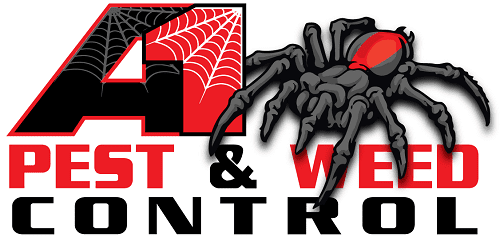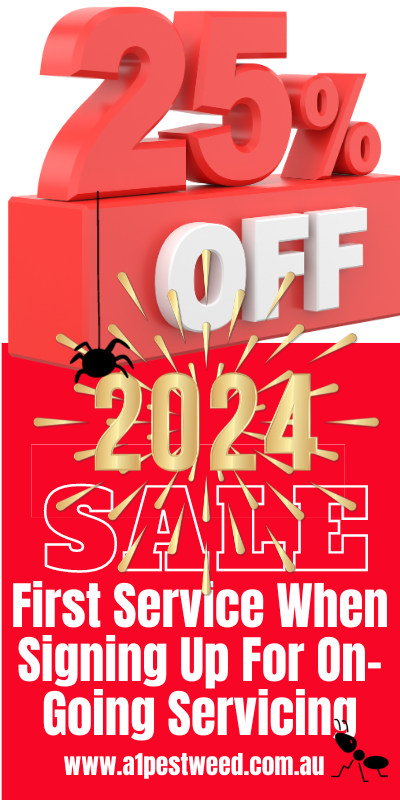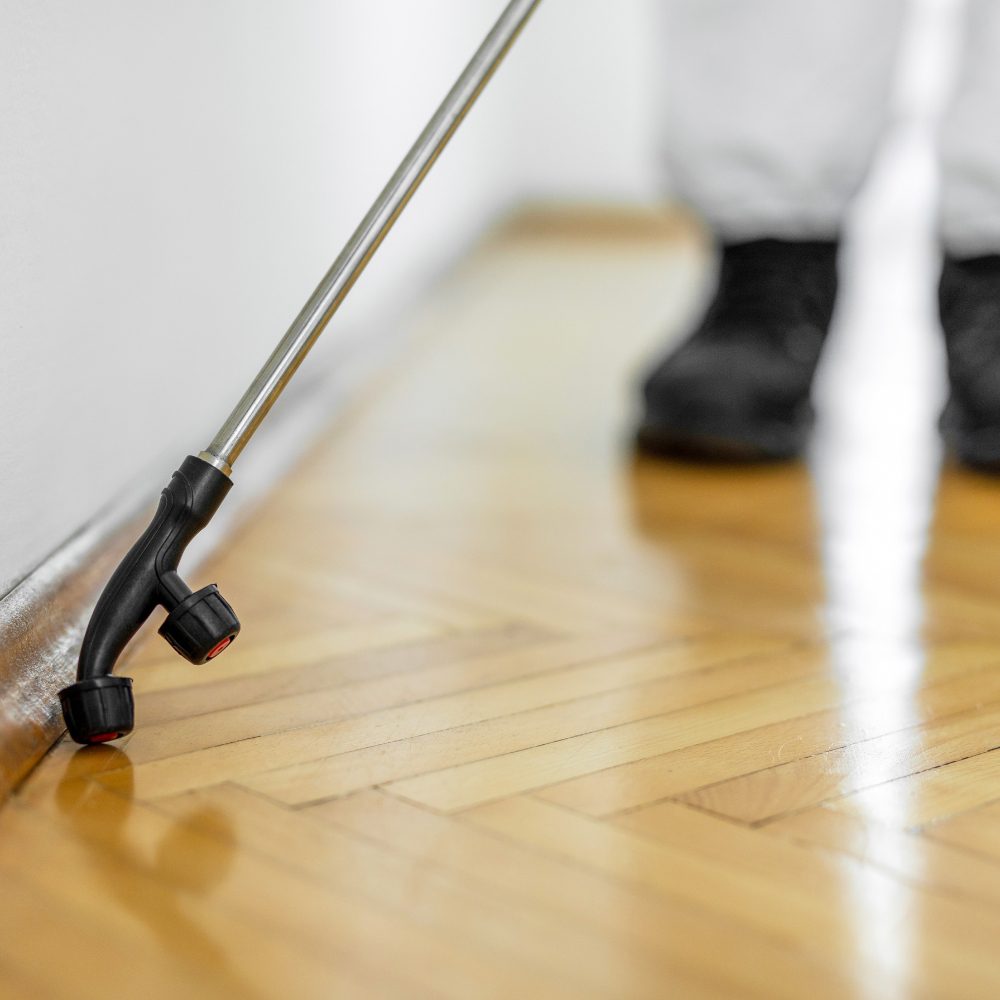Keeping your commercial premises free from pests is crucial for maintaining a safe and hygienic environment.
Pest infestations can lead to serious health and safety issues, as well as damage to your reputation and business.
In this comprehensive guide, we will walk you through the commercial pest removal process in Melbourne, covering inspection techniques, pest identification methods, preventative measures, treatment approaches, ongoing monitoring, and more.
Key Takeaways
- Regular pest inspections are essential for identifying and addressing any potential issues early on.
- Proper pest identification is crucial for implementing effective treatment strategies.
- Preventative measures, such as maintaining cleanliness and sealing entry points, can significantly reduce the risk of infestations.
- Commercial pest treatment should be carried out by licensed professionals with expertise in dealing with specific pests.
- Ongoing monitoring ensures that your premises remain pest-free in the long term.
1. Inspection Techniques
Prior to implementing any pest control measures, a thorough inspection of your commercial property is necessary.
Professional pest control companies employ various techniques to identify potential problem areas and assess the scale of infestation.
Here are some commonly used inspection techniques:
1.1 Visual Inspection
A visual inspection involves a trained pest control technician thoroughly examining the interior and exterior of your premises to identify any signs of pest activity.
This includes looking for droppings, nests, gnaw marks, and other indicators of infestation. The technician will also inspect common hiding spots, such as basements, storage areas, and crawl spaces.
1.2 Pest Monitoring Devices
Pest monitoring devices, such as sticky traps and bait stations, are strategically placed in areas prone to infestations. These devices help capture and identify pests, allowing technicians to determine the type and extent of infestation.
1.3 Thermal Imaging
Thermal imaging technology can be used to detect areas where pests may be hiding, such as wall voids or beneath floorboards. This non-invasive technique helps identify hidden infestations and allows for targeted treatment.
2. Pest Identification Methods
Accurate pest identification is crucial for implementing effective treatment strategies. Different pests require specific approaches for successful elimination. Here are the common methods used for identifying pests:
2.1 Visual Identification
Experienced pest control technicians can visually identify common pests based on their appearance, size, behaviour, and habitat. Visual identification helps determine the appropriate treatment methods and products to employ.
2.2 Sample Collection
In some cases, if the pest is difficult to identify visually, technicians may need to collect samples and send them to a laboratory for analysis. This helps in identifying less common or more elusive pests accurately.
2.3 Pest DNA Testing
In advanced cases where identification is challenging or if multiple pests are present, pest DNA testing can be used. DNA analysis helps identify pests accurately and guides treatment choices.
3. Preventative Measures
Preventing pest infestations is always better than dealing with them after the fact. Implementing preventative measures can significantly reduce the risk of pests entering your commercial premises. Here are some effective strategies:
3.1 Maintain Cleanliness
Regular cleaning and sanitation play a pivotal role in preventing pest infestations.
It is crucial to keep your premises clean, including storage areas, kitchens, trash bins, and outdoor spaces. Regularly dispose of garbage in sealed containers and adhere to proper waste management protocols.
3.2 Seal Entry Points
Pests can easily find their way indoors through small cracks, gaps, and openings.
Inspect your premises for any potential entry points and seal them using caulking or other suitable materials. Pay close attention to areas around pipes, vents, windows, and doors.
3.3 Proper Storage Practices
Store food products and supplies in airtight containers to minimize the risk of attracting pests.
Regularly inspect and rotate stock to prevent infestations caused by stale or expired items. Implement a “first in, first out” system to ensure proper use of stored goods.
4. Treatment Approaches
If pest infestations are already present in your commercial premises, immediate action is necessary. Engaging professional pest control services is crucial for effective treatment. Here are some common treatment approaches:
4.1 Integrated Pest Management (IPM)
Integrated Pest Management is an approach that combines multiple methods to control pests effectively.
It involves a thorough assessment, followed by the implementation of various treatment strategies tailored to the specific pest infestation.
IPM techniques may include chemical treatments, physical barriers, biological control, and ongoing monitoring.
4.2 Chemical Treatments
When necessary, pest control professionals may employ targeted chemical treatments to eliminate pests.
These treatments are applied using safe and approved products that are effective against the specific pests present. Proper precautions are taken to ensure the safety of your employees, customers, and the environment.
4.3 Heat Treatments
Heat treatments involve raising the temperature in infested areas to levels that are lethal to pests.
This method is particularly effective against bed bugs and certain other pests that are sensitive to heat. Heat treatments offer an alternative to chemical-based approaches and can be used in sensitive environments.
5. Ongoing Monitoring
Maintaining a pest-free environment is an ongoing process. Regular monitoring is essential to detect any signs of pest activity and address them promptly. Here are some techniques used for ongoing monitoring:
5.1 Follow-Up Inspections
After the initial treatment, pest control professionals conduct follow-up inspections to ensure the effectiveness of the applied treatments. These inspections help identify any new pest activity or areas that require further attention.
5.2 Electronic Monitoring Systems
Electronic monitoring systems are installed in strategic locations to detect and monitor pests.
These systems use sensors and other technologies to provide real-time alerts when pests are present. This allows for immediate action and helps prevent infestations from spreading.
5.3 Employee Education
Properly educating your employees about pest prevention techniques plays a crucial role in maintaining a pest-free commercial environment. Regular training sessions can help employees identify early signs of infestation and report them promptly, allowing for timely intervention.
Advice & Actionable Tips
Here are some actionable tips to help you maintain a pest-free commercial environment:
- Train your staff to identify early signs of pest activity, such as droppings, nests, or damage.
- Regularly inspect and maintain the exterior of your building, including sealing any cracks or openings.
- Keep food storage areas clean and organize supplies in pest-resistant, airtight containers.
- Ensure proper waste management practices, including regular garbage disposal and cleaning of trash bins.
- Establish a pest control protocol that includes regular inspections, treatment, and ongoing monitoring.
FAQs
Q: Are commercial pest inspections necessary?
A: Yes, regular pest inspections are essential for identifying any potential issues early on and implementing appropriate treatment measures.
Q: Can I get rid of pests in my commercial premises by myself?
A: While some minor pest issues may be resolved using DIY methods, professional pest control services are recommended for effective and long-term results.
Q: How often should I schedule pest inspections for my commercial property?
A: The frequency of pest inspections depends on various factors, including the type of business, location, and previous pest activity. It is generally advisable to schedule inspections at least once every three to six months.
Maintaining a pest-free commercial environment in Melbourne requires a comprehensive approach that combines regular inspections, proper pest identification, preventative measures, effective treatment strategies, and ongoing monitoring.
By following the tips and advice outlined in this guide, you can ensure a pest-free workplace that prioritizes the health and safety of your employees and customers.
Article Sources & Further Reading
- Guidelines for pest control operators in Victoria
- Commercial Pest Removal Process – Inspection Techniques
- Commercial Pest Removal Process – Pest Identification Methods
- Commercial Pest Removal Process – Preventative Measures
- Commercial Pest Removal Process – Treatment Approaches
- Commercial Pest Removal Process – Ongoing Monitoring
For complete and professional commercial pest control services in Melbourne, contact A1 Pest & Weed Control today.




